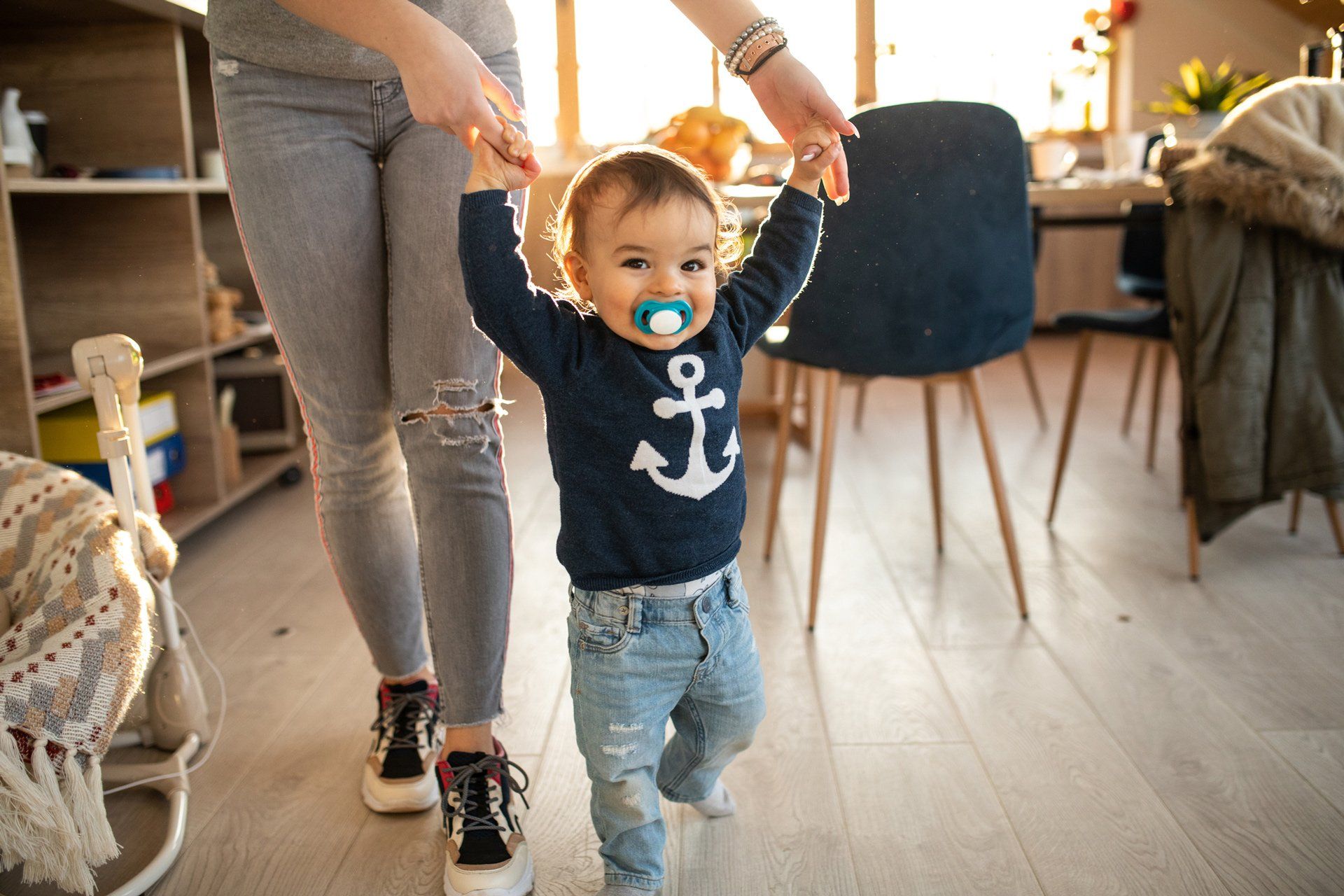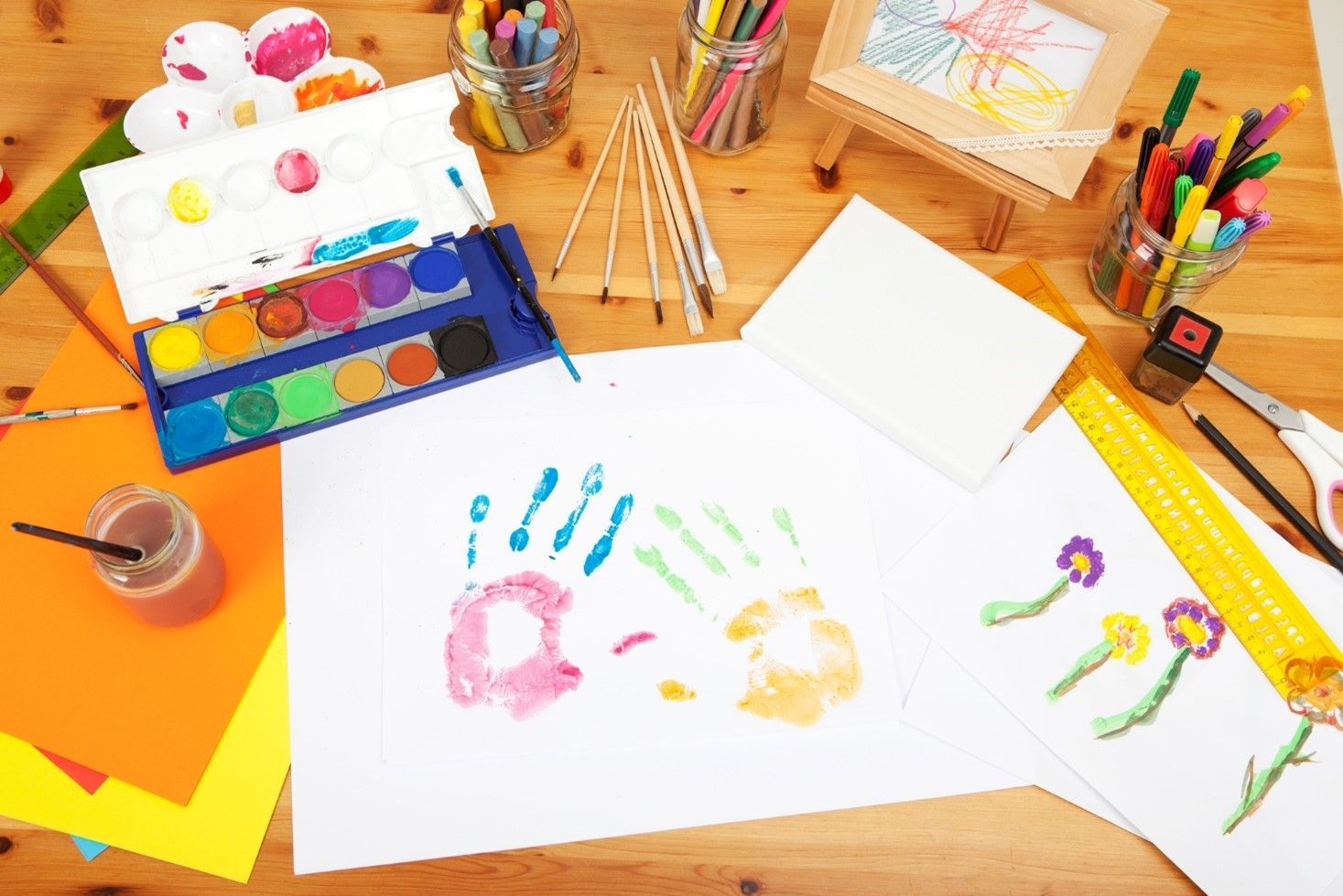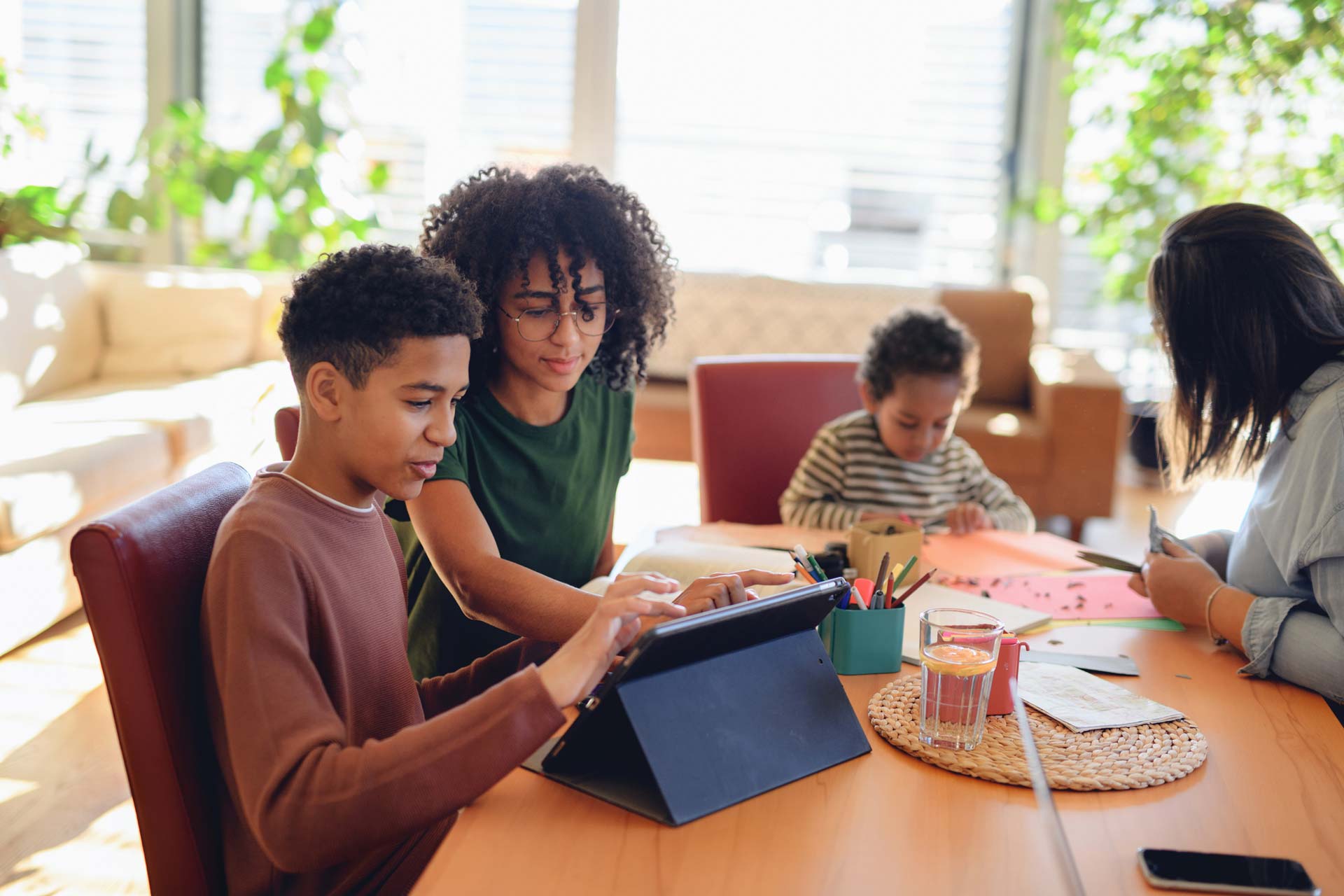When Will Your Baby Walk? Movement Milestones, Development, and Daycare
- By Admin
- •
- 11 Sep, 2020
- •

When should your baby take their first steps? This major movement milestone can throw some parents for a loop. If you're not sure whether your child is on track to walk, run, or move at the right rate, take a look at what you need to know about gross motor milestones, infant development, and the way the early learning environment can help.
When Do Babies Walk?
There's no magic number that answers this question for every child. Milestones are general markers - and not absolute dates. This means your baby may walk before, exactly at, or somewhat after this expected movement milestone. Think of milestones as a busway. Your child should progress in one direction. But they may not get to each stop at the same time as every other child.
According to the American Academy of Pediatrics (AAP), by 12 months some babies crawl, some can walk while holding on to furniture, and others can walk a few steps without the help of an object or another person.
Even though some babies walk at one year, others may take months longer before meeting this movement milestone. If your baby is over one year and hasn't started to crawl, shows no interest in movement, hasn't progressed in this area of development, or you have concerns, talk to a professional. Your child's pediatrician or teacher can connect you with a movement and developmental specialist.
What Happens After the Walking Milestone?
Whether your baby is 12 months, 15 months, or closer to two years, they've finally taken their first steps What comes next? Again, developmental milestones typically progress in a predictable series or course of events. Your baby sat up, crawled, and then walked.
While babies can skip or quickly progress through some of these milestones (such as crawling or cruising while holding on to furniture), your child should gradually build progressively more complex skills. After your child takes their first wobbly steps, they should start to walk alone, walk faster, and eventually run.
Instead of a balanced jog, your baby or toddler's run may look uneven or like they're staggering. Like with other movement milestones, if you have concerns about this growing ability, discuss the issue with a professional.
How Can Child Care Help Your Baby's Movement Development?
Your baby's progression towards movement-based milestones is part of their biology. But that doesn't mean you (or other caregivers) can't help your child to master new skills. Even though your child will naturally progress through and towards milestones such as crawling, cruising, and walking, the early learning environment is a place where they can build growing abilities.
Activities in the child care classroom may encourage your baby to develop gross motor (large muscle movements, such as walking) skills. The specific activities vary by center and classroom. But these may include anything from walks outdoors to time spent on a tumbling mat. Along with targeted activities, the teacher may fill the classroom with toys that promote walking or complex movements.
Beyond child care classroom activities, your baby can also learn from their peers. As the other infants in the room start to walk, run, and play in other ways, your child may try to join in. The more models your child has to follow, the better.
How Can You Help Your Child to Walk at Home?
Continue the developmental process at home with similar movement-based activities. If you're not sure how to help your baby walk (or engage in other motor activities), ask the daycare teacher. The early childhood educator can offer suggestions, tips, and at-home options.
Is your baby ready to start child care? Contact Riviera Daycare & Preschool for more information.







